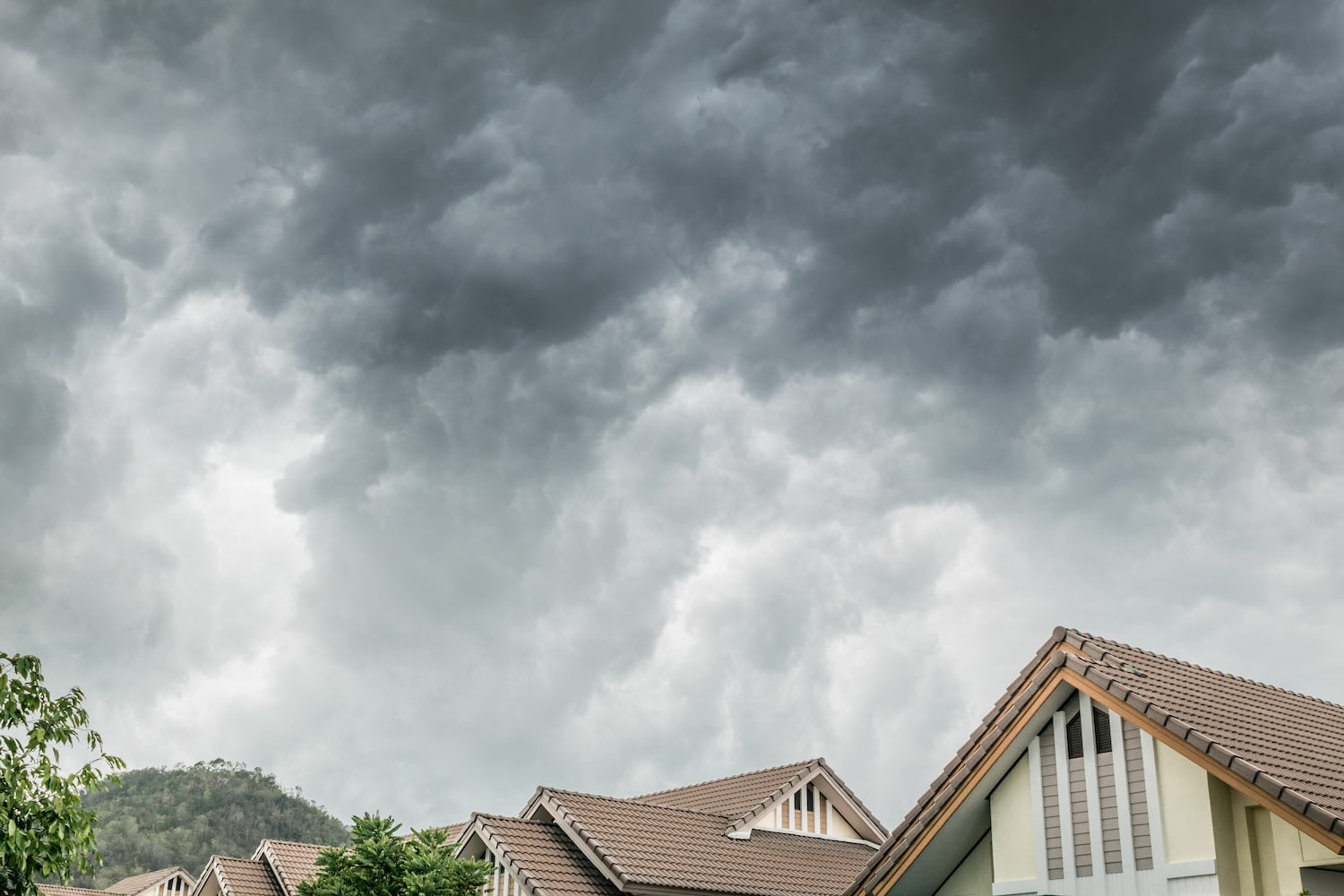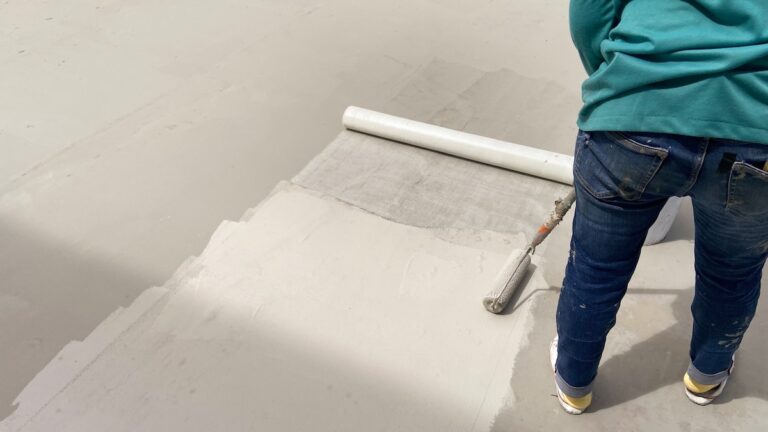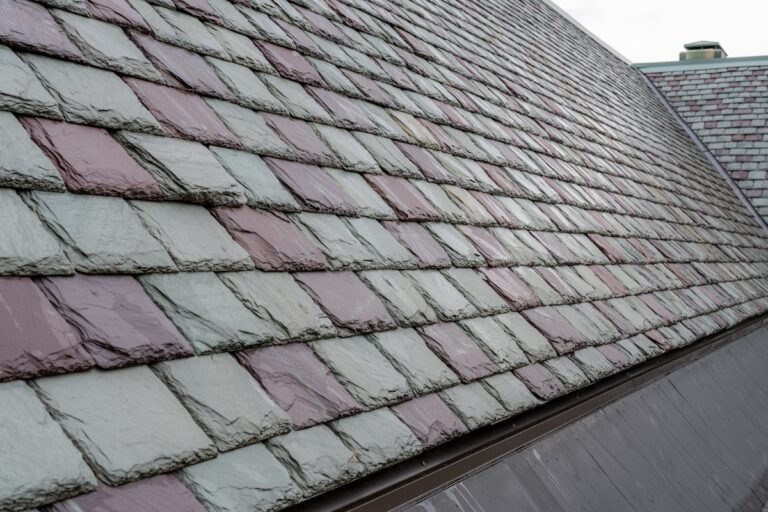Are you worried about wind damage to your roof? You’re not alone. Wind damage is one of the most common causes of roof failure and can pose a major threat to the safety and stability of your home. But don’t panic just yet: by carrying out regular inspections on your roofs, you can spot any signs or symptoms early on before any serious damage has taken place. In this blog post, we’ll walk through how to go about wind damage inspections so that you can rest assured knowing that both your home and its inhabitants are safe from potential disasters caused by high winds.
Winds can be a hugely damaging force. Wind damage inspections are a way to ensure you didn’t sustain too much severe damage. While we all know to watch out for things like tornados and hurricanes, even everyday high winds can affect the exterior of your home.
When Does Wind Damage Occur?

So, what exactly qualifies as a damaging wind?
The weather service has a classification system that rates wind speeds from “non-threatening” all the way to “extreme.” Non-threatening wind speeds typically mean that the most you will notice is a slight breeze. On the other end of the spectrum, extreme winds are classified as winds with a speed greater than 58 mph.
In general, experts consider anything with wind speeds over 40 mph to be dangerous for your property.
4 Signs of Wind Damage
The winds are a-blowin’, but is your home strong enough to withstand strong winds? When the weather has settled, it’s essential to locate any potential damages as soon as possible to avoid creating bigger problems for your home further down the line.
Here are some of the most common signs of wind damage to your roof.
1) Missing Shingles
One of the surest signs of wind damage is missing shingles on your roof. Traditional asphalt shingles can easily blow off your roof when the wind speed is particularly fast.
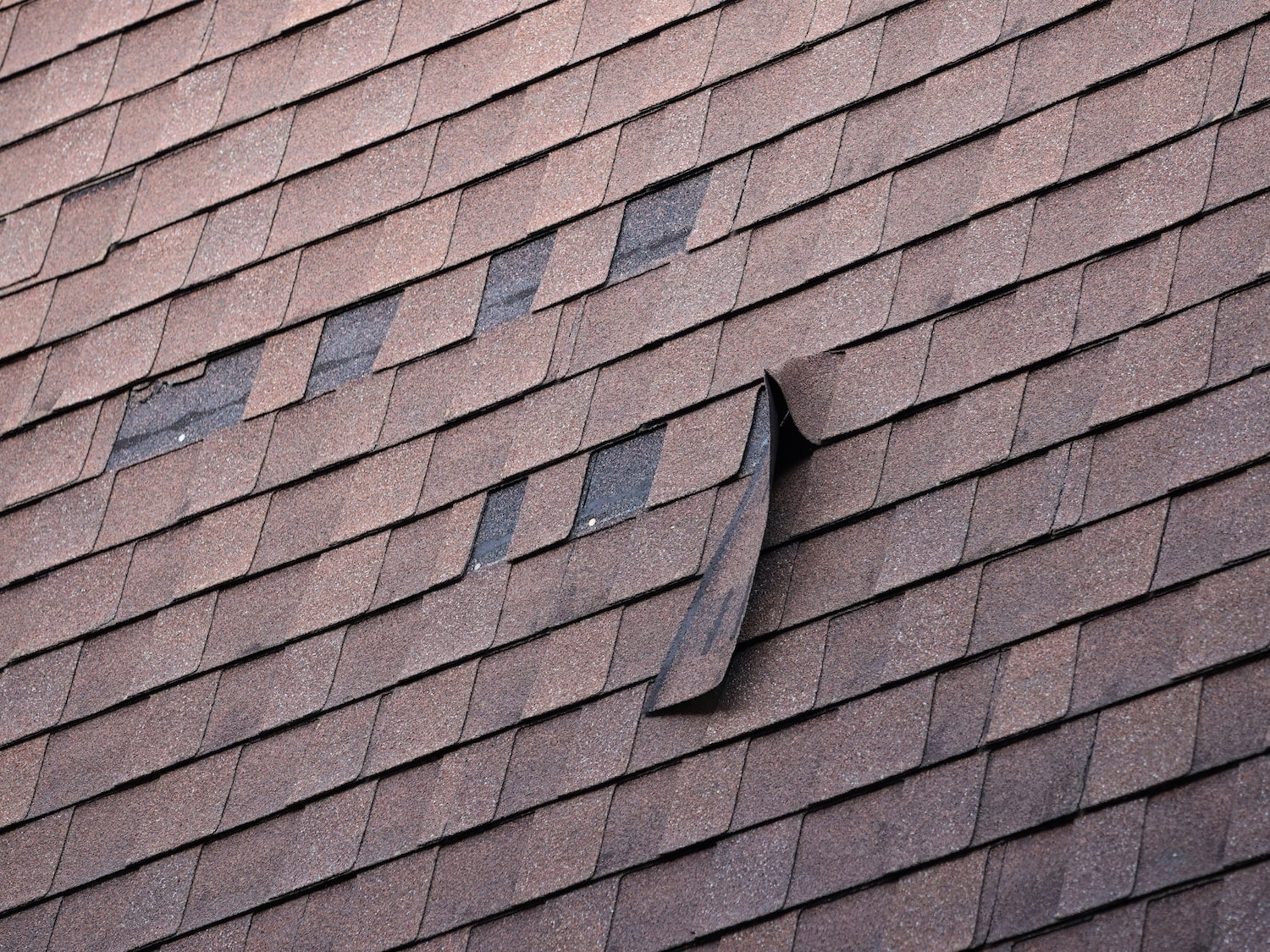
You might see the shingles scattered around your yard or physically missing. When your roof is missing shingles, it allows water to penetrate the layers of your roof. This can cause rotting to your roof deck and leaks inside your home.
2) Curling Shingles
Curling shingles are also a sign of roof damage that could be caused by the wind. Strong winds can pull shingles off of your roof and cause them to curl. This can cause similar problems as missing shingles can. That being said, they can be harder to spot. Be sure to take your time examining vulnerable spots such as the ridge and edges to make sure that you catch any curled shingles.
3) Chimney Issues
Are you noticing that after you’ve experienced a wind storm, your chimney isn’t quite working right? Maybe you are noticing leaks in your fireplace.
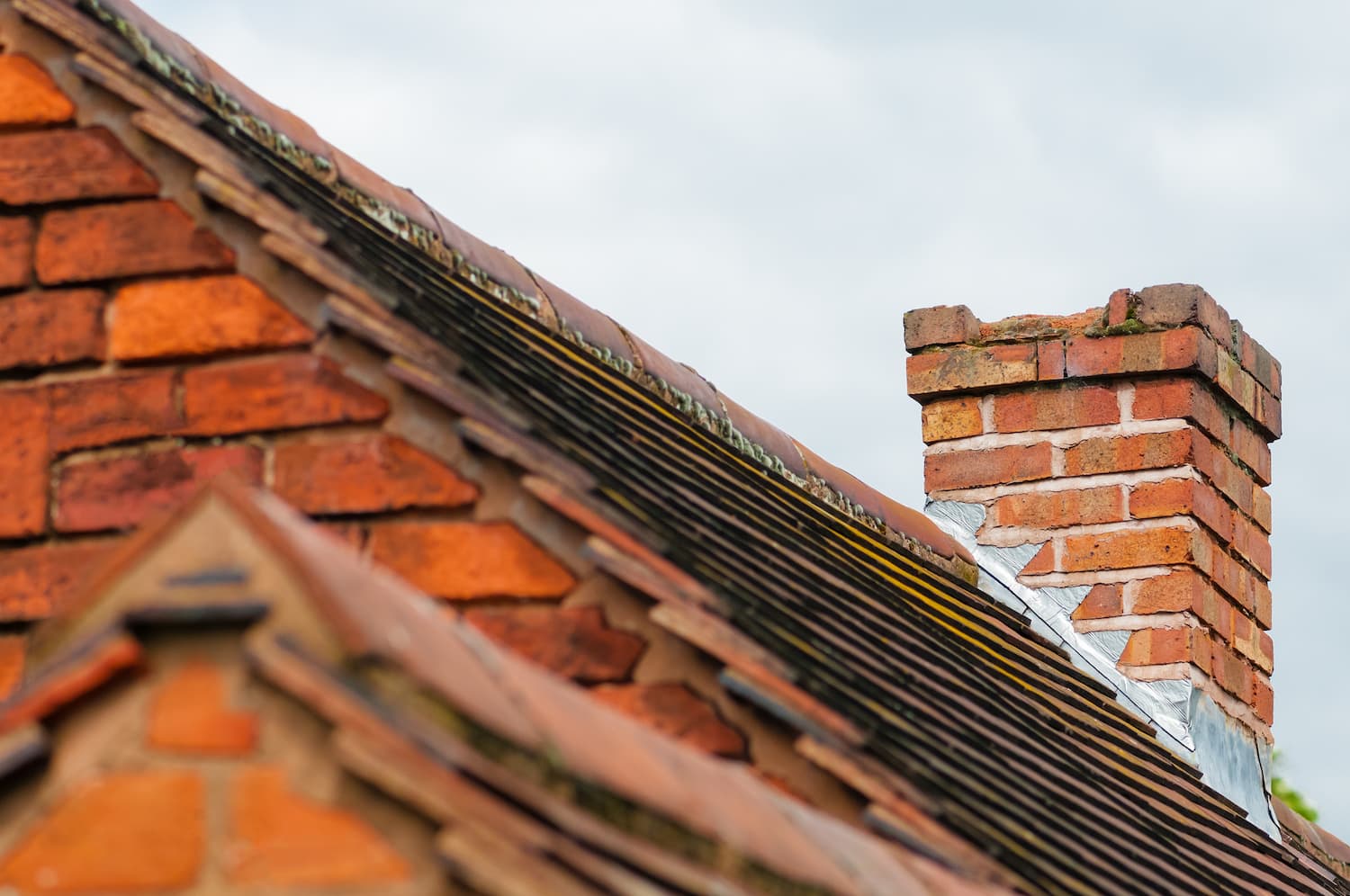
Oftentimes, winds can damage the chimney flashing, which is designed to keep water out of your chimney. Chimney flashing is a particularly vulnerable part of your roof.
4) Granule Loss
Granule loss is an unavoidable part of having asphalt shingles. Asphalt shingles naturally lose granules as they age, but this process can be sped up by exposure to wind.
Granule loss typically looks like black grit that often gathers in your gutters or in your yard. Loss of granules can make your roof look aged and less resistant to fire and UV light.
How to Perform Wind Damage Inspections
Now that you know what to look for, you can start your roof inspection. Here are the essential steps you should take to make sure that you catch all signs of damage!
Check the Perimeter
As we’ve mentioned, shingles are often blown off into your yard. Before you climb up onto the roof, be sure to take a close look around your yard to see if you can spot any blown off shingles.
Check the Roof
When checking your roof, it is a good idea to take a buddy with you. Not only will this give you a second set of eyes, but it also provides an extra level of safety. Be sure to closely examine your roof for any of the above mentioned signs of wind damage.
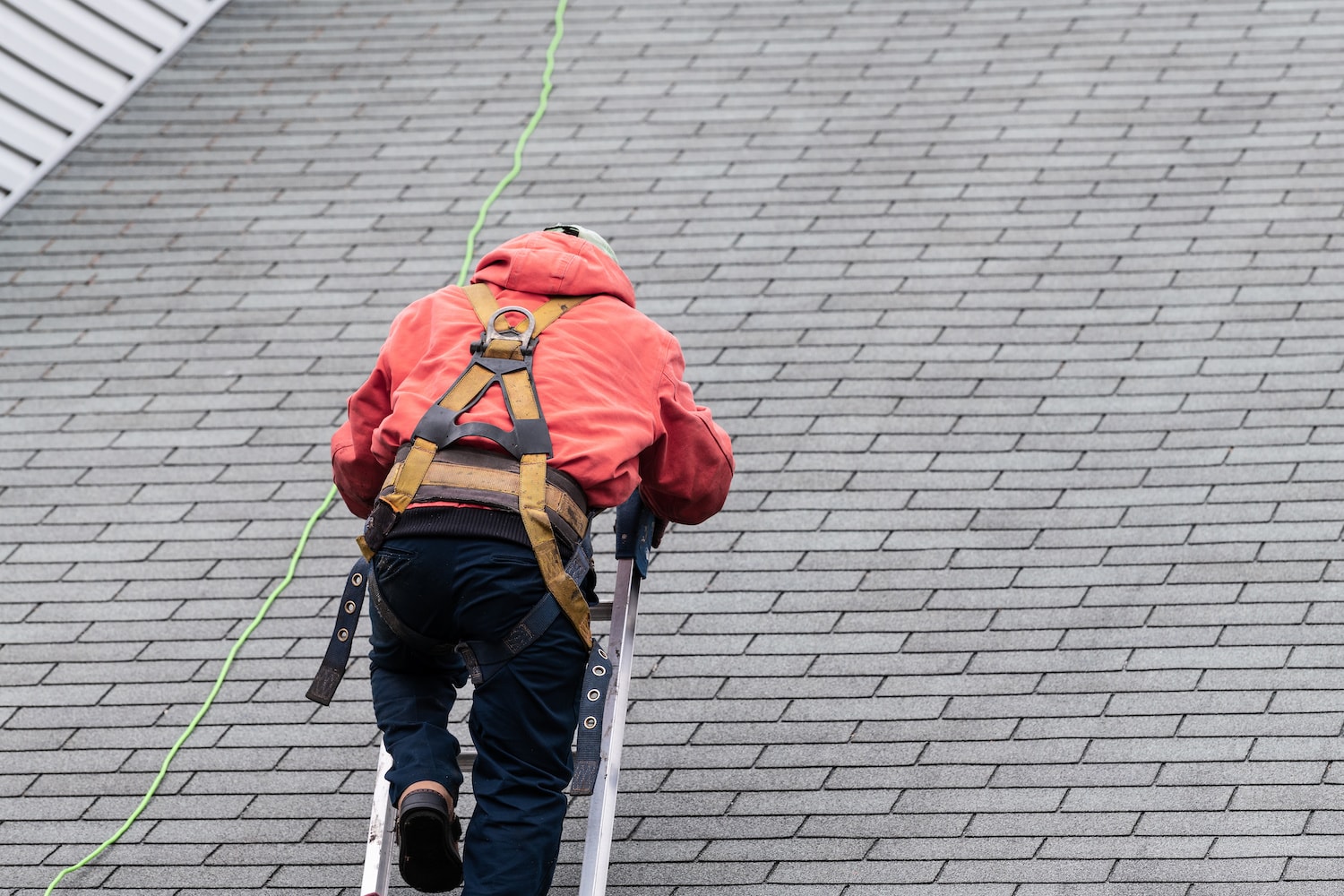
Look at Your Ceilings
Even if you don’t notice anything amiss on your roof, it’s not a bad idea to check your interior ceilings for signs of water damage. This could include water stains or leaks. These are typically signs that something is wrong with your roofing system.
Contact a Roofing Contractor
Whether or not you see any damage, it is always a good idea to contact a professional roofing contractor or licensed general contractor to perform a roof inspection. They will have a better sense of what to look for and should be able to help you to find any problems.
Alternatively, if you do spot a problem, they can help you repair it in an efficient manner.
Talk to Your Insurance Company
Found a problem? It’s a good idea to call your insurance company right away. Be sure to take extensive pictures documenting all the damage that you find before you have a roofing contractor start work on your roof. It is likely that your insurance coverage will help you pay for any damage from severe weather.
Wind Mitigation Techniques
Want to know how to avoid wind damage in the future? You can get a wind mitigation inspection! Performed by a licensed general contractor, wind mitigation inspections assess the exterior of your home and offer you solutions on how to create a home that can better withstand wind.
Wind mitigation reports are given after each inspection and may offer solutions, such as:
- Trimming trees 🌳
- Adding storm shutters ⛈️
- Upgrading to a more durable form of roofing material 🔨
- Adding coverings to your windows and doors 🪟
- Installing water barriers 💧
Get Help From The Roofing Experts
Wind damage inspections don’t have to be a scary or daunting process; with the right team, they can be an opportunity to make sure your home is safe and protected. At Johnson Restoration, we understand how important it is to ensure your safety, so our trained professionals are prepared to provide you with the best possible service. From roof inspection for hail and wind damage to siding repairs, our team can answer any questions you may have and get the job done quickly and efficiently. Don’t wait—protect yourself from further wind damage. Contact Johnson Restoration today!
